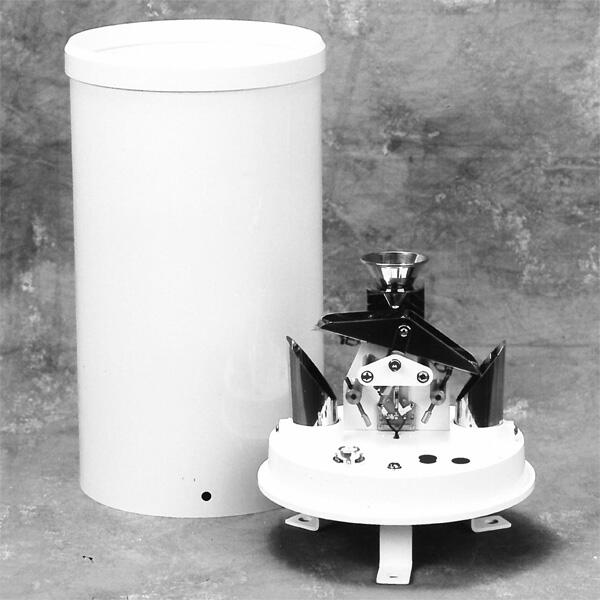
# Rain Gauge: Measuring Precipitation for Weather Analysis
## What Is a Rain Gauge Used For?
A rain gauge is a meteorological instrument designed to measure the amount of liquid precipitation (rain) that falls over a specific area during a set period. Its primary purpose is to provide accurate data on rainfall, which is essential for weather analysis, climate studies, agriculture, hydrology, and urban planning.
### The Importance of Rainfall Measurement
Rainfall data collected by rain gauges helps meteorologists and climatologists understand weather patterns, predict storms, and assess drought conditions. Farmers rely on this information to determine irrigation needs, while hydrologists use it to monitor water resources and flood risks.
## How Rain Gauges Work
Most rain gauges operate on a simple principle: they collect precipitation in a cylindrical container and measure the depth of the accumulated water. The standard measurement unit is millimeters or inches of rainfall per unit area.
### Types of Rain Gauges
There are several types of rain gauges, each with its own advantages:
– Standard rain gauge: Uses a funnel to collect rain into a narrow tube for precise measurement
– Tipping bucket gauge: Mechanically records rainfall by counting the number of times a small bucket tips
– Weighing gauge: Measures the weight of collected precipitation to determine rainfall amount
– Optical rain gauge: Uses light beams to detect and measure falling raindrops
## Applications of Rain Gauge Data
The information gathered from rain gauges serves multiple purposes across various fields:
– Weather forecasting and severe storm warnings
– Climate change research and long-term precipitation trends
– Agricultural planning and crop management
– Water resource management and reservoir operations
– Flood prediction and urban drainage system design
## Maintaining Accuracy in Rainfall Measurement
For reliable data, rain gauges must be properly installed and maintained:
– Place the gauge in an open area, away from trees and buildings
– Position it at the correct height (typically 30 cm above ground)
– Clean the gauge regularly to prevent debris accumulation
– Check for calibration issues periodically
Rain gauges remain one of the most fundamental tools in meteorology, providing critical data that helps us understand and respond to our changing environment. From simple backyard measurements to sophisticated weather station networks, these instruments continue to play a vital role in weather analysis and water resource management worldwide.
Keyword: what is a rain gauge used for